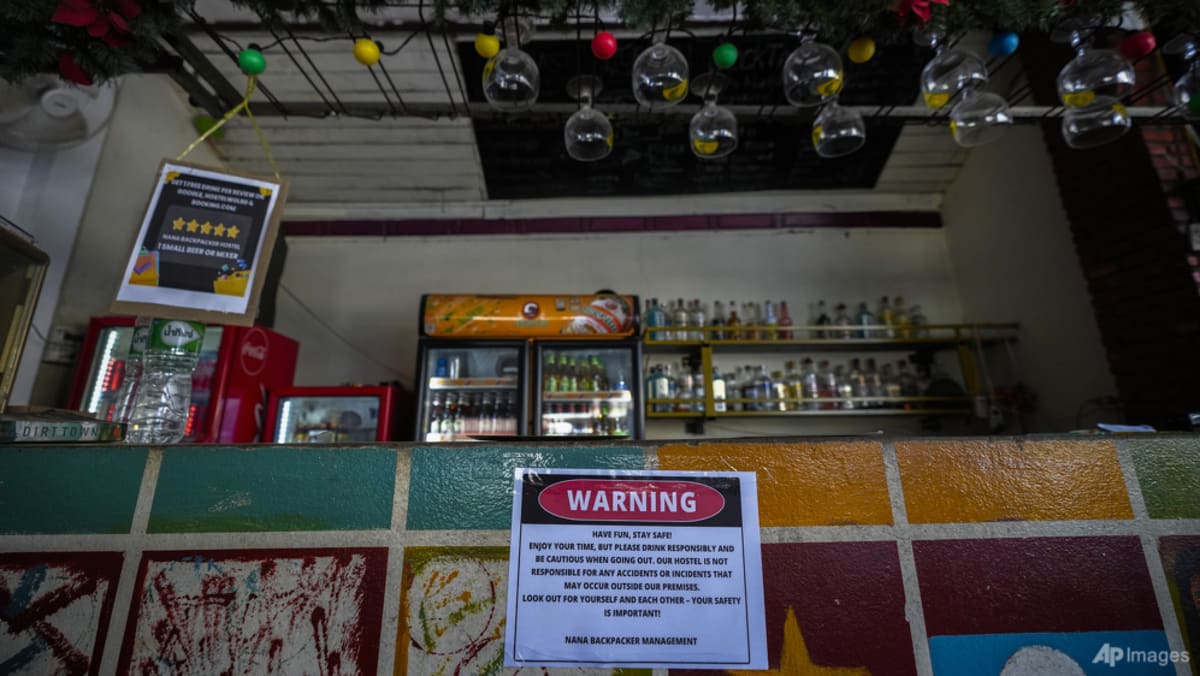Commentary: Why tropical Singapore sent an expedition to icy Antarctica

The fate of Antarctica is a global issue that will impact all of humanity. So diversity, equity, and inclusion must be key considerations when designing and executing mitigation plans.
People from all backgrounds and sectors of society must be engaged in developing solutions, including those from a tropical country such as Singapore. Scientists of all nationalities must collaborate, share resources and data to achieve the best possible research outcomes for all nations.
At EOS, we have started developing collaborations with scientists studying the polar regions to better assess their impacts on sea level rise in Southeast Asia.
Singapore has set out the Green Plan 2030, which includes initiatives to protect our coasts against rising seas. Our strong focus on innovation and commitment to climate action also means that Singapore can lead the development of new technologies like underwater robots and ground-penetrating radar, which can give Antarctic climate scientists unprecedented access to the most remote places on Earth without even leaving the office.
This expedition only reinforced my drive to do everything I can to prevent the ice sheets from melting, which includes not just studying them but also training the next generation of scientists – such as my doctoral student Fangyi Tan, who as far as we know, is the first female Singaporean to set foot on Antarctica for science.
It is still unclear how fast Antarctica’s ice sheets will melt. But monitoring what goes on in Antarctica will be crucial for developing the appropriate adaptation strategies, even all the way here at the equator.
Professor Benjamin Horton is Director of the Earth Observatory of Singapore and a professor at the Asian School of the Environment at Nanyang Technological University.
Source: CNA















